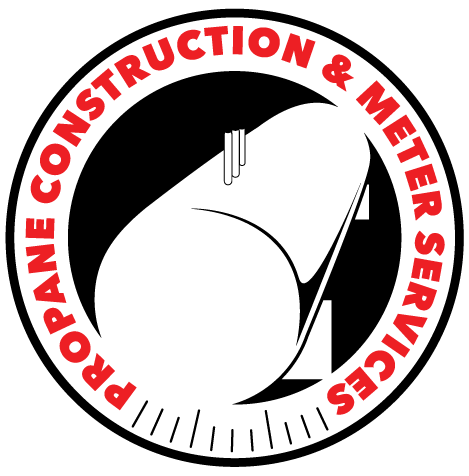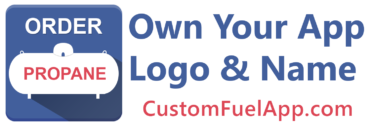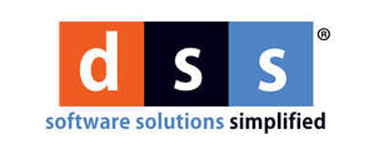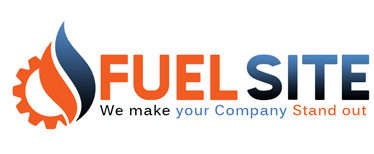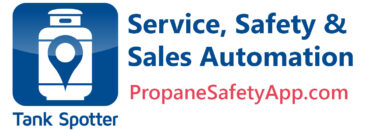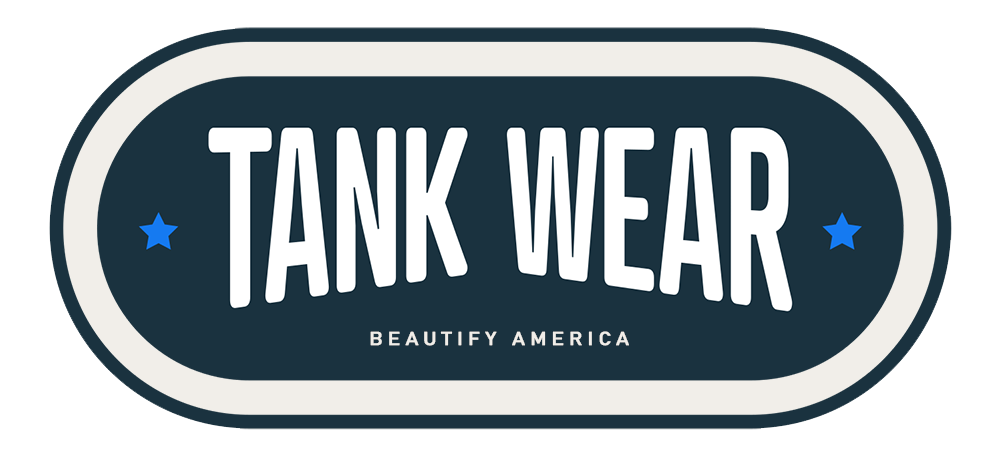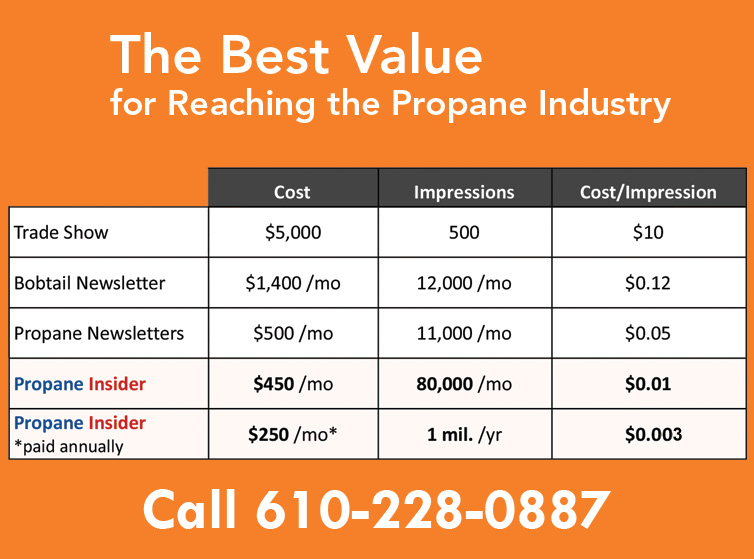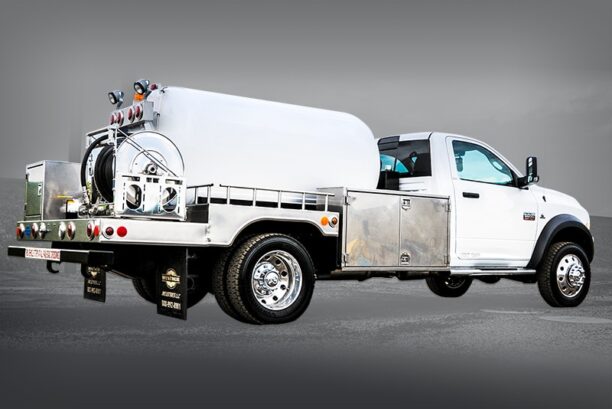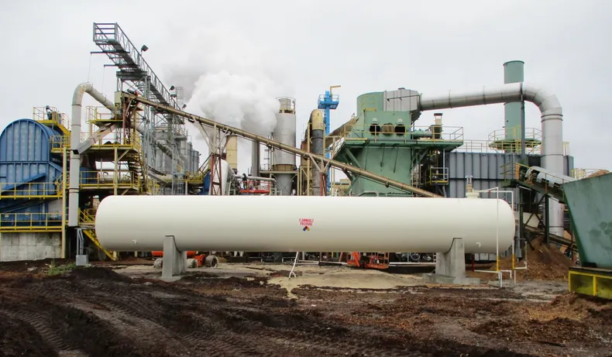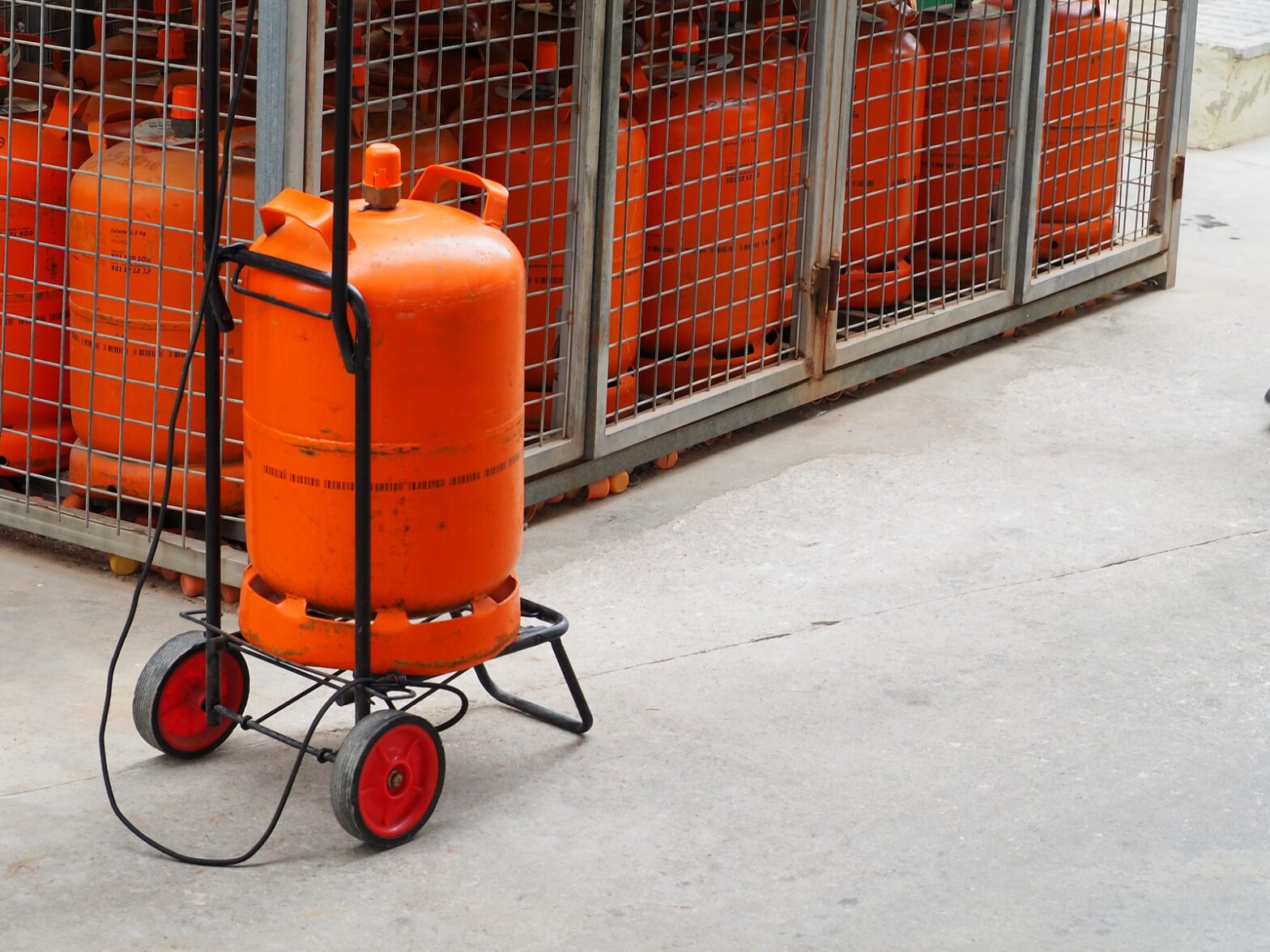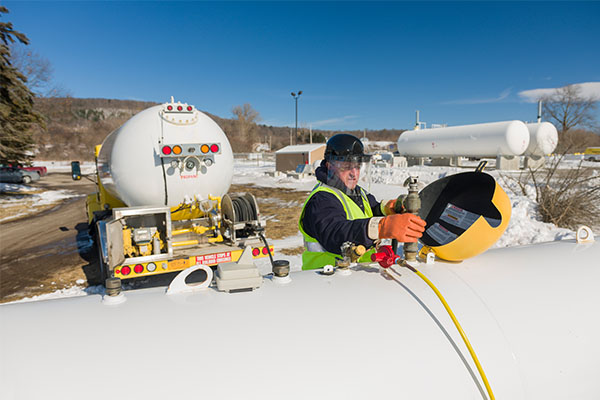Leverage the 34 Flavors of Fuel Delivery Technology

Most fuel delivery companies want to improve profits. But most of us had no idea that new technology could make such a dramatic difference.
Take fuel delivery optimization (aka, in-vehicle computers or point-of-sale systems). There are now 34 different “flavors” to choose from. That provides plenty of options to find one that fits your company’s needs.
First, why are there so many options? Every back-office enterprise resource planning (ERP) solution seems to be making its version of in-vehicle computers, as are the register companies and everyone else. Although these solutions may seem dull and unimportant, their hidden benefits can shock your bottom line. When used thoroughly, these solutions can put an additional $10k-$30k profit to your bottom line per front-line bobtail (more if you learn some super easy tricks).
One of the tricks is getting a solution that hits the sweet spot of easy-to-use, affordable, reliable, secure, and works with your already-present software. So, whether you have an answer already or are shopping, here are some tips to use when upgrading, replacing, or getting your first in-vehicle computer.
Cost may be the first place you look. Guaranteed, you will find that the most expensive solutions on the market are those sold by the software ERP solutions. This may be due to their ability to position their proprietary connection to their ERP or because they can only sell their in-vehicle solution to their customers, so they must spread development costs over a small subset of prospective users. Whatever the reason, their cost structure is always the highest. Strangely, the highest and lowest cost solutions are those provided by companies that only do the in-vehicle solution. Some new entrants to the market are exciting and much lower in cost, such as the Liquid Controls Android app (see it on the Google app store) that directly connects to their LC registers via a very long-range WiFi connection. Another great example is the Fleet Navigator, which connects with more records than any other and handles both regular delivery and fleet fueling better than most others (a great option for ease of use and the lowest ongoing fee cost).
As for lifetime cost consideration, many of us forget to figure this piece into the equation. However, with monthly subscription costs, expensive equipment, and burdensome installation costs, the lifetime cost can be much higher than expected. Some tips here include looking for solutions with little or no ongoing support costs (Fleet Navigator is a winner here). For low equipment costs, it is suggested to find a solution that is app-based and will work on any Apple or Android device, such as the Liquid Controls solution or other in-vehicle fuel delivery solutions that are app-based (Vertrax, Cargas Systems, ADD Systems, Bizsmart or the lesser known Dreamtec i-Meter).
Every company seems racing to transition its in-vehicle solution to an app-based one.
The benefits are that your equipment and installation costs are much lower, screen resolution is much more precise, and there are many more equipment providers.
Low, upfront equipment costs via an app-based solution are significant, but there are still obstacles to consider. For example, many app-based solutions still utilize out-of-date and overpriced “ruggedized” tablets, or their ongoing support costs are double or triple what others are charging. We also see some rather complicated installations that add to field maintenance issues. While these issues can be found in any in-vehicle solution, they can and should be avoided. So when you’re shopping, do not be sold into a solution with ongoing support costs or significant equipment requirements when 33 other options could cut your costs by 50 percent to 70 percent, upfront and continuously.
As everything in our industry (and outside our industry) is becoming app-based, it makes sense to choose an app-based solution so you can use that device to work with all the industry apps being built. After all, it makes no sense to get two in-vehicle devices when you can do everything on just one device — an Apple or Android smartphone or tablet. It only makes sense to take advantage of great apps — one way to do this is to transition all drivers and employees to Apple or Android devices. You can find many apps on both the Apple and Android app stores.
Many fuel companies share that they are either looking to replace their in-vehicle point-of-sale systems or are considering getting one for the first time. Despite the shift toward technology, some are committed to the old way of paper, pencil, and mechanical registers. Some are honest enough to share that they are concerned about learning new technology or dealing with the cost of setup. This is understandable, but now that this technology has been in the industry for over 20 years, it is easy to learn and will pay for itself much faster than your investments in tanks or trucks.
When I was running operations, my team had to virtually trick me into trying the newest technology on the market. Still, when we fully implemented it, profitability was dramatically different. Maybe you are like me and many other fuel company owners and managers. We get into a routine that becomes very comfortable over time and doesn’t want to leave the safety of the known for the unknown.
Things seem to be changing faster and faster these days, and those taking advantage of technological advances benefit from lower operating costs so they can reinvest in growth and improved sales. From coast to coast across North America, the companies that evolve are growing and are more profitable, and those that are not changing are losing margin and growth opportunities. Your choice to develop and advance with technology can help you increase market share and profits simultaneously.
Don’t lose this window of opportunity. Jump on the technology bandwagon, go with one of the lower-cost, app-based solutions, and get rolling. You, too, will find out it is easier than you thought and provides more benefits than expected.






